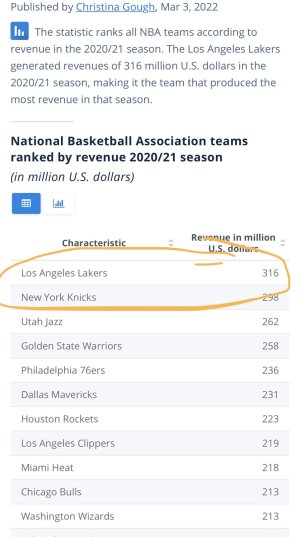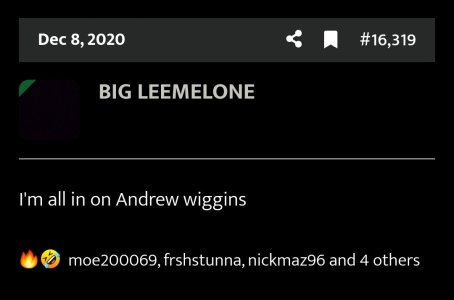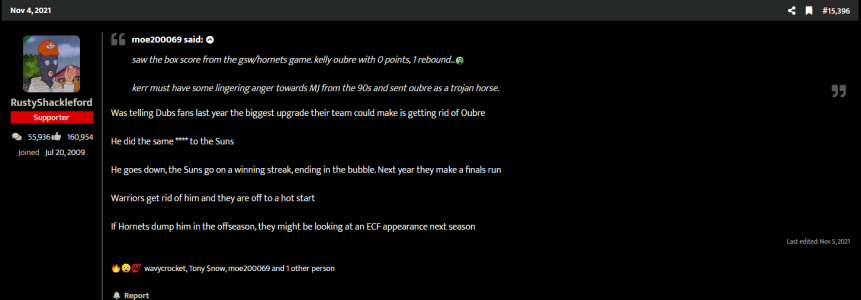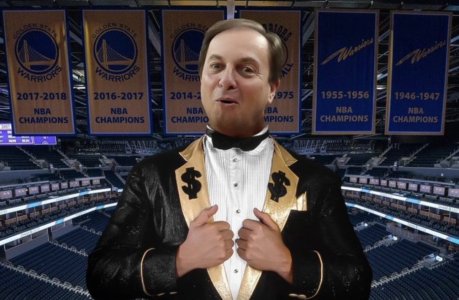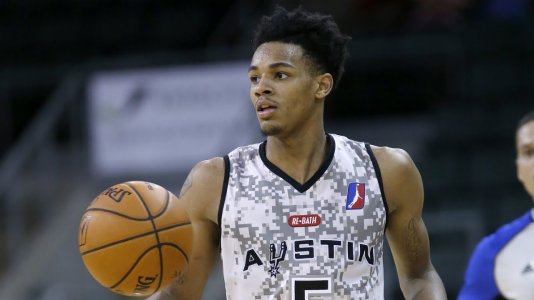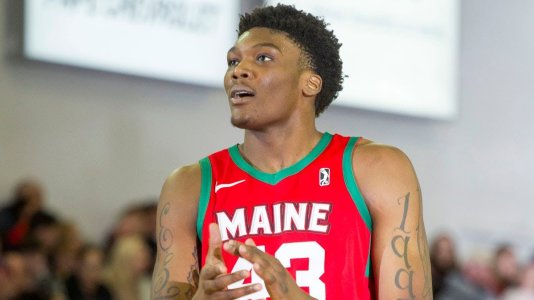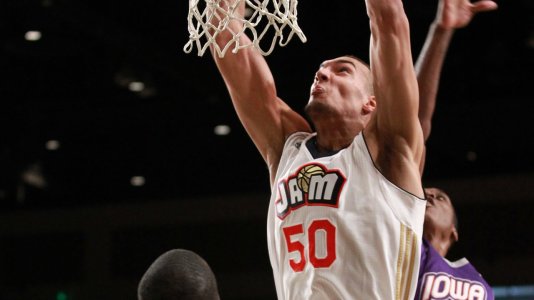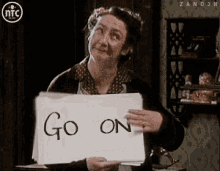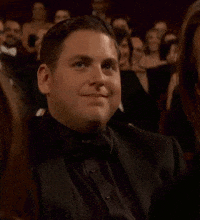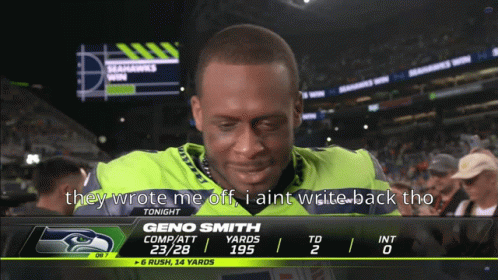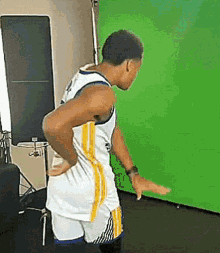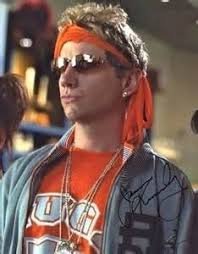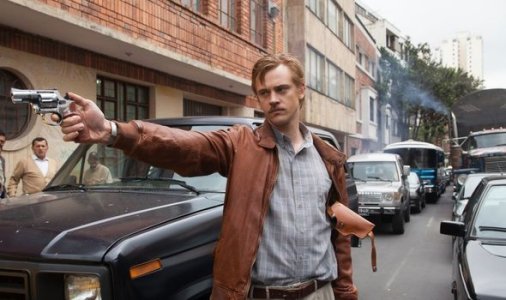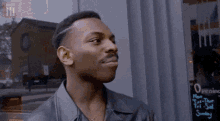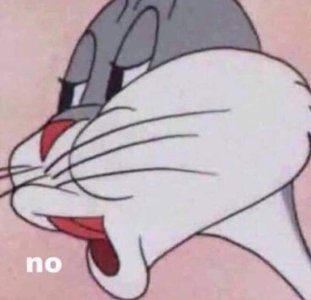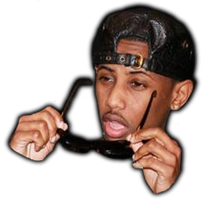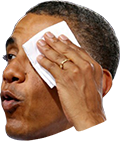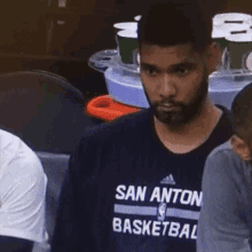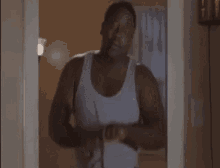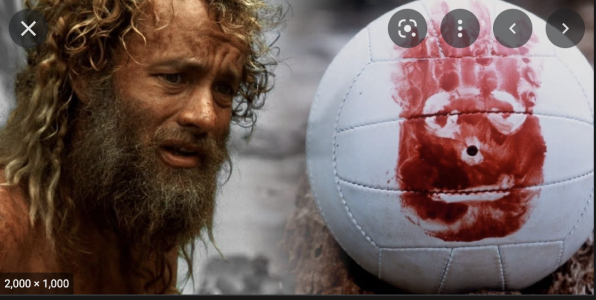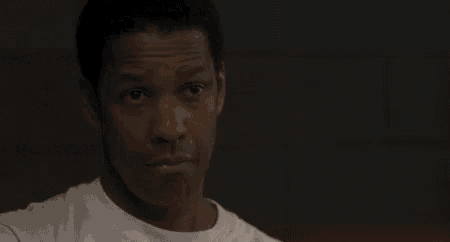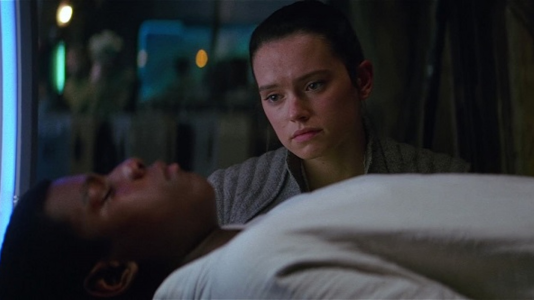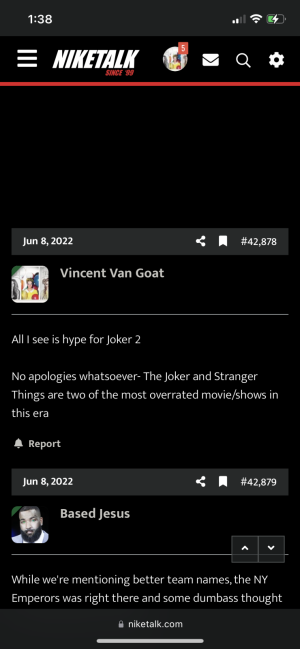Cavaliers, Jazz and Knicks played their cards right in Donovan Mitchell trade
Everyone rolled their eyes when the leaks came out that Utah Jazz CEO Danny Ainge felt he had strong non-New York Knicks alternatives for a Donovan Mitchell trade. Sure, Danny.
Well, it turns out he did, and he acted on it. Once the Knicks and Jazz couldn’t come to an agreement that included RJ Barrett, the Knicks effectively pulled Barrett off the table by signing him to an extension. That merely seemed like a prelude to a different trade structure between the two teams that would include other players. Three days later, the Jazz zagged in a different direction entirely.
And so, instead of Mitchell ending up a Knick, he is a …. Cavalier? Yes.
To review, the trade sends Mitchell to Cleveland in return for Lauri Markkanen, Ochai Agbaji, a signed-and-traded Collin Sexton, three unprotected first-round picks (2025, 2027 and 2029) and two unprotected pick swaps (2026 and 202

. Sexton’s new deal will pay him $72 million over four years, fully guaranteed, ending his restricted free agency staredown with the Cavs.
Agbaji, the 14th pick in the 2022 draft, was trade-eligible because rookies who sign their contract can be traded within 30 days. (A cap fact most Cavs fans no doubt retained from the Andrew Wiggins days. If you’re a lottery pick from Kansas and Cleveland drafts you, please consider renting.) The Cavs also generated a $3.9 million trade exception for Agbaji.
At the end of it all, seemingly everyone has some questions. Should the Jazz have waited for the Knicks to come back to the table? Did Utah make Cleveland too good for the picks to have value? Did the Cavs push their chips in too early on a player who might leave once his current contract ends? Did the Knicks blow it?
While all three teams’ decisions may potentially look bad in a few years, I think they each played solid hands that minimize those risks.
To sum up most of what I feel in five words: Cleveland is not New York. The differences between those two organizations’ current states made it much more palatable for the Cavs to meet Utah’s high asking price.
Take a look at the rosters of the two Mitchell suitors. Cleveland has two players who made the 2022 All-Star team (Darius Garland and Jarrett Allen) and the 2022 Rookie of the Year runner-up in Evan Mobley. They are ages 22, 24 and 21, respectively. The Cavs went 44-38 last year despite having a gaping hole at shooting guard and one (1) player who could dribble for the last four months of the season. Filling that void with a 25-year-old All-Star immediately gives the Cavaliers one of the best cores in the East, one that should stay relevant for as long as it stays together. (More on that in a minute).
The youth and quality of Cleveland’s core also insulates it against overpaying, in a roundabout way. Owing unprotected picks is always scary, and the Cavs IOU runs for half a decade, from 2025 to 2029. On the other hand, even if Mitchell bails when he hits free agency, a Mobley-Garland-Allen unit should at least be decent enough to avoid the worst potential outcomes.
In the meantime, Cleveland looks set up to be a force in the East. The biggest weakness of a Mitchell-Garland backcourt is its lack of size, but the twin terrors of Allen and Mobley on the back line lessen that concern. The Cavs don’t have an A-list superstar unless or until Mobley erupts, but they could put as many as four players on the 2024 All-Star team.
Cap-wise, Mitchell’s trade kicker pushes his salary up to $30.9 million for this year, but that’s still a relative bargain; the next two years on his deal should look even better as the cap continues to rise. With Mobley still on his rookie deal and Allen signed to one of the best contracts in basketball (a flat $20 million per season through 2026), the Cavs have the flexibility to make other moves.
They’re still nearly $40 million below next year’s tax line, and though re-signing or extending one of both of Caris LeVert and Kevin Love could eat into that, they’ll likely be able to use their full midlevel exception and take back money in trades either way. LeVert and Love have also given them giant expiring contracts to use in a trade this season, although they’re out of draft picks to sweeten the pot. If anything, Cleveland untied its hands in some ways by offloading two of the more most dubious entries in the post-LeBron James rebuild (the Markkanen sign-and-trade and the decision to draft Sexton over Shai Gilgeous-Alexander). Now the Cavs are better set up to reap the benefits of other smart decisions. Notably: drafting Garland and Mobley, and stealing Allen as a sidebar to the James Harden trade.
Some will note that Cleveland retains its rights to a first-round pick in 2024, when the son of a certain famous athlete from Akron is theoretically available for selection. While it’s still awfully unlikely that could come together so neatly, the Cavs kept the ‘Bron-Bronny possibility on the table.
The challenge now for Cleveland is that its roster still has holes and the team is mostly out of assets. Hanging with the Bostons and Milwaukees of this conference requires conjuring up a starting-caliber small forward, either via internal development (paging Isaac Okoro) or extremely crafty wheeling and dealing. Working out the fit between two small guards in Mitchell and Garland, as well as re-jiggering what was a post-up heavy offense to favor the guards, may involve some short-term pain as well.
The biggest risk factor for Cleveland, however, is that Mitchell can opt out of his deal after the 2024-25 season. Signing a contract extension between now and then would likely be a poor business decision for him – he is no longer supermax eligible post-trade and the expected rise in the cap makes a regular extension unpalatable. The flight risk is a real given Mitchell’s reported interest in New York. That could pressure the Cavs into trading him in the summer of 2024. (That is also why the Jazz took on the Cavs’ first-rounders between 2025 and 2029).
Contrast Cleveland’s situation with the Knicks. New York had zero (0) All-Stars last season and zero (0) players on the All-Rookie team. Adding Jalen Brunson helps, but as our Fred Katz astutely pointed out in a recent column, trading for Mitchell only made sense for the Knicks if they retained some assets to acquire another All-Star later. He’s not good enough to carry a 37-win team to contention by himself.
While leaked trade offers should be taken with a pillar of salt, it does appear the Knicks were willing to get decently close to meeting the Jazz’s price to acquire Mitchell. Pulling back from the precipice rather than pushing all their chips to win the press conference showed some uncharacteristic restraint for the New York Knickerbockers, even if the short-term result is likely another blah high-30s win total in 2022-23.
New York still has myriad trade assets and a relatively clean cap sheet. I’m a bit more bullish on the idea of using a year to see what a Brunson-Barrett-young guys core looks like before jumping in with both feet on megatrades. Again, in the Knicks’ current situation, pushing in every single chip only makes sense to get a top-10 caliber player in the league. Mitchell is good but isn’t on that level. It made a lot more sense for Cleveland to push this button now than it did for New York. (And hey, maybe the Knicks get Mitchell for free in 2025.)
As for Utah, the completely unprotected picks coming from Cleveland won’t arrive until 2025, 2027 and 2029. That’s perfectly fine from Utah’s perspective, since the Jazz’s primary interest in this deal was to get as many proverbial lottery tickets as possible to secure a franchise-changing player with a top-5 pick. They’ll get five bites at the apple from Cleveland, including the two pick swaps, and three of those bites could potentially come after Mitchell departs as a free agent in 2025.
Of course, the main “asset” Utah receives in this trade is the impact on its own pick in 2023, and likely 2024. With Mitchell and Rudy Gobert gone and other vets likely soon to follow, the Jazz will be one of the worst teams in the league and have solid odds of winning the Victor Wembanyama sweepstakes in the spring.
The Jazz also received actual basketball players in this trade, believe it or not. In fact, the most interesting Jazz subplot with the Gobert and Mitchell trades is that they didn’t have to take back a bunch of dead money. The three players Cleveland sent them are 25, 23, and 22. Each is signed for at least three more years. In the Gobert trade, they got a 23-year-old Jarred Vanderbilt and a 25-year-old Malik Beasley, in addition to the already flipped Patrick Beverley.
Most notably, Sexton signed for four years, $72 million, which is worth a column in its own right. Sexton is kind of the second coming of Monta Ellis: a guy who can score 27 a game for a 25-win team while his team’s fans howl in anger that he should be in the All-Star Game. Alas, he is a much more difficult fit in the lineup of a team with elite aspirations.
It’s somewhat ironic that he was traded for another undersized, high-scoring guard. Sexton and Mitchell have similarities at an extreme surface level: Sexton’s 34.0 points per 100 possessions on 57.3 True Shooting in 2020-21 is a first-glance doppelgänger for Mitchell’s 37.8 points per 100 on 57.2 True Shooting a year ago.
The difference is that Mitchell is at least an average passer and defender, while Sexton is … let’s call it a wee bit less than average. Sexton is one of the worst defenders in captivity by most advanced metrics, and his inability to play point guard at 6-1 exacerbates that issue. His best role on a real team is likely a high-volume second-unit bucket-getter, but he’ll likely be the go-to guy once Utah finishes its teardown.
So why four years and $72 million for Sexton? Because that was the only number that worked.
On the Jazz’s end, they couldn’t pay him any more without putting other players in the deal. The most 2022-23 salary Sexton could make in this version of the trade was $17,545,911. Sending another player from Utah to Cleveland to increase that amount would have put the Cavs perilously close to the luxury tax. As ever, having an upper limit set by outside forces is an expedient way to push contract negotiations to their conclusion.
As for the rest of Utah’s roster, the Jazz have 17 guaranteed contracts right now, but many of these players will likely have new homes by the end of the month. There’s seemingly little reason for the Jazz to keep vets like Bojan Bogdanović, Jordan Clarkson, Mike Conley and Rudy Gay around if they can receive any young players or draft picks in return. (Although part of me desperately wants a Clarkson-Sexton backcourt combo just to see how much time it’d take for one of the other three players to touch the ball.) One suspects Beasley also could be in play.
All told, I like what all three teams did here. One can argue that Cleveland overpaid a bit, especially with the addition of Agbaji (essentially a fourth first-rounder). But you can also argue Mitchell’s near-perfect fit made it worth it. The Cavs have two years to win a ton of games and convince Mitchell it’s worth staying around. If he walks, that hurts, but it’s unlikely to be a disaster.
One can argue the Knicks should have dove in with more assets, but that pathway looked like a dead end to a half-decade of one-and-done playoff runs. If anything, one can argue the Jazz made the biggest error of the three teams, in that they should have chosen New York’s picks and Barrett over Cleveland’s picks and Sexton. Given those debating points, we’ll likely be revisiting this trade a lot over the next half-decade.
At the present, however, with the current information available, I think all three teams made defensible decisions that have a good chance to turn out well.


 . Sexton’s new deal will pay him $72 million over four years, fully guaranteed, ending his restricted free agency staredown with the Cavs.
. Sexton’s new deal will pay him $72 million over four years, fully guaranteed, ending his restricted free agency staredown with the Cavs.




